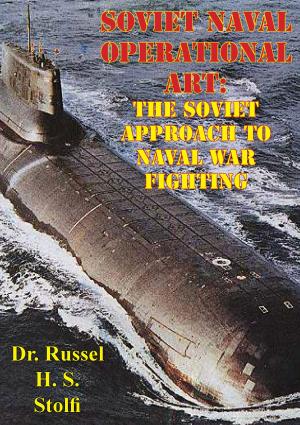“Putting Out The Fire In Afghanistan”
- The Fire Model of Counterinsurgency: Focusing Efforts to Make an Insurgency Unsustainable
Nonfiction, History, Middle East, Persian Gulf War, Military| Author: | Major Patrick Pascall | ISBN: | 9781782896029 |
| Publisher: | Tannenberg Publishing | Publication: | August 15, 2014 |
| Imprint: | Tannenberg Publishing | Language: | English |
| Author: | Major Patrick Pascall |
| ISBN: | 9781782896029 |
| Publisher: | Tannenberg Publishing |
| Publication: | August 15, 2014 |
| Imprint: | Tannenberg Publishing |
| Language: | English |
This monograph develops an alternative approach to counterinsurgency, and explains how the current narratives in the field of counterinsurgency are not completely accurate. Counterinsurgents only need to properly understand the environment and then concentrate their efforts in that critical area of the insurgency identified as the sustainer of that insurgency. The U.S. counterinsurgency (COIN) plan does not need to address all those lines of effort not directly related to the root cause of an insurgency, as those efforts may actually fuel the insurgency due to building unrealistic expectations among the populace.
This monograph also develops the analogy that the four elements necessary for a fire (fuel, oxygen, heat, chain reaction) parallel the necessary elements of an insurgency (the fuel representing unresponsive government, oxygen representing existing structures/vulnerability, heat representing political/diplomatic factors, chain reaction representing the information environment, and the population). Like a fire, if one has a proper understanding of the environment, and can clearly identify the true sustainer of the insurgency (the root problem), then one only need to remove that one element from the equation, and that insurgency will be unsustainable.
Having a simple approach will not only allow the counterinsurgents to better utilize their resources-in an Economy of Force-and allow them to Mass their power on one clear Objective, it will also remind counterinsurgents of the other Principle of War that has proven to be so critical in complex environments-simplicity.
This monograph develops an alternative approach to counterinsurgency, and explains how the current narratives in the field of counterinsurgency are not completely accurate. Counterinsurgents only need to properly understand the environment and then concentrate their efforts in that critical area of the insurgency identified as the sustainer of that insurgency. The U.S. counterinsurgency (COIN) plan does not need to address all those lines of effort not directly related to the root cause of an insurgency, as those efforts may actually fuel the insurgency due to building unrealistic expectations among the populace.
This monograph also develops the analogy that the four elements necessary for a fire (fuel, oxygen, heat, chain reaction) parallel the necessary elements of an insurgency (the fuel representing unresponsive government, oxygen representing existing structures/vulnerability, heat representing political/diplomatic factors, chain reaction representing the information environment, and the population). Like a fire, if one has a proper understanding of the environment, and can clearly identify the true sustainer of the insurgency (the root problem), then one only need to remove that one element from the equation, and that insurgency will be unsustainable.
Having a simple approach will not only allow the counterinsurgents to better utilize their resources-in an Economy of Force-and allow them to Mass their power on one clear Objective, it will also remind counterinsurgents of the other Principle of War that has proven to be so critical in complex environments-simplicity.



![Cover of the book Hitting Home - The Air Offensive Against Japan [Illustrated Edition] by Major Patrick Pascall](https://www.kuoky.com/images/2015/november/300x300/9781786252432-Mh6l_300x.jpg)









![Cover of the book Wanat : Combat Action In Afghanistan, 2008 [Illustrated Edition] by Major Patrick Pascall](https://www.kuoky.com/images/2014/august/300x300/9781782894940-TjlN_300x.jpg)

